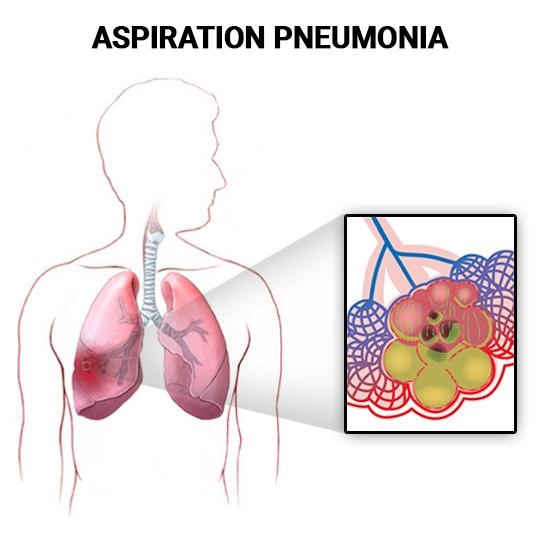A nurse is caring for a client who reports a decrease in central vision. The nurse should identify that this is a manifestation of which of the following visual impairments?
Macular degeneration
Glaucoma
Diabetic retinopathy
Cataract
The Correct Answer is A
Choice A Reason: This is correct because macular degeneration is a condition that affects the macula, which is the central part of the retina that is responsible for sharp and detailed vision. Macular degeneration can cause blurred or distorted central vision, difficulty reading or recognizing faces, or dark spots in the visual field.
Choice B Reason: This is incorrect because glaucoma is a condition that affects the optic nerve, which is the nerve that connects the eye to the brain and carries visual signals. Glaucoma can cause increased pressure inside the eye, damage to the optic nerve, and loss of peripheral vision.
Choice C Reason: This is incorrect because diabetic retinopathy is a condition that affects the blood vessels in the retina, which is the layer of tissue at the back of the eye that converts light into nerve impulses. Diabetic retinopathy can cause bleeding, swelling, or leakage of fluid in the retina, and loss of vision in any part of the visual field.
Choice D Reason: This is incorrect because cataract is a condition that affects the lens, which is the transparent structure behind the pupil that focuses light onto the retina. Cataract can cause clouding or opacity of the lens, and reduced vision in all parts of the visual field.
Nursing Test Bank
Naxlex Comprehensive Predictor Exams
Related Questions
Correct Answer is C
Explanation
Choice A Reason: Inserting a nasal swab to observe the fluid is contraindicated, as it can introduce infection or increase intracranial pressure. The fluid can be tested for glucose or halo sign to confirm cerebrospinal fluid (CSF) leakage.
Choice B Reason: Suctioning the nose gently with a bulb syringe is also contraindicated, as it can create negative pressure and increase CSF leakage or cause meningitis.
Choice C Reason: This is the correct answer because allowing the drainage to drip onto a sterile gauze pad can prevent contamination and facilitate observation of the amount and characteristics of the fluid.
Choice D Reason: Inserting sterile packing into the nares is not recommended, as it can obstruct the drainage and increase intracranial pressure or infection risk.
Correct Answer is D
Explanation
Choice A Reason: This is incorrect because observing the client swallowing small sips of water before assisting with feeding may not reduce the risk of aspiration pneumonia. Water is a thin liquid that can easily enter the lungs if the client has impaired swallowing or cough reflexes. The nurse should assess the client's need for thickened liquids or pureed foods and use a swallow screening tool to determine the appropriate consistency and amount of food and fluids.
Choice B Reason: This is incorrect because turning on the television for the client during meals may increase the risk of aspiration pneumonia. Television can distract the client from focusing on chewing and swallowing and cause them to eat too fast or too much. The nurse should provide a quiet and calm environment for the client during meals and encourage them to eat slowly and carefully.
Choice C Reason: This is incorrect because instructing the client to tilt their head back while swallowing may increase the risk of aspiration pneumonia. Tilting the head back can open the airway and allow food or fluids to enter the lungs. The nurse should instruct the client to tilt their head forward or tuck their chin while swallowing, which can close the airway and prevent aspiration.
Choice D Reason: This is correct because sitting the client upright 90 degrees then assisting the client with feeding can reduce the risk of aspiration pneumonia. Sitting upright can help gravity move food and fluids down the esophagus and away from the lungs. The nurse should also keep the client upright for at least 30 minutes after eating and drinking to prevent regurgitation and aspiration.

Whether you are a student looking to ace your exams or a practicing nurse seeking to enhance your expertise , our nursing education contents will empower you with the confidence and competence to make a difference in the lives of patients and become a respected leader in the healthcare field.
Visit Naxlex, invest in your future and unlock endless possibilities with our unparalleled nursing education contents today
Report Wrong Answer on the Current Question
Do you disagree with the answer? If yes, what is your expected answer? Explain.
Kindly be descriptive with the issue you are facing.
